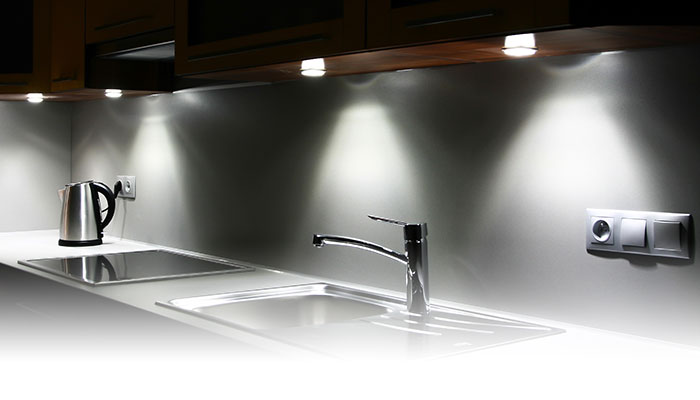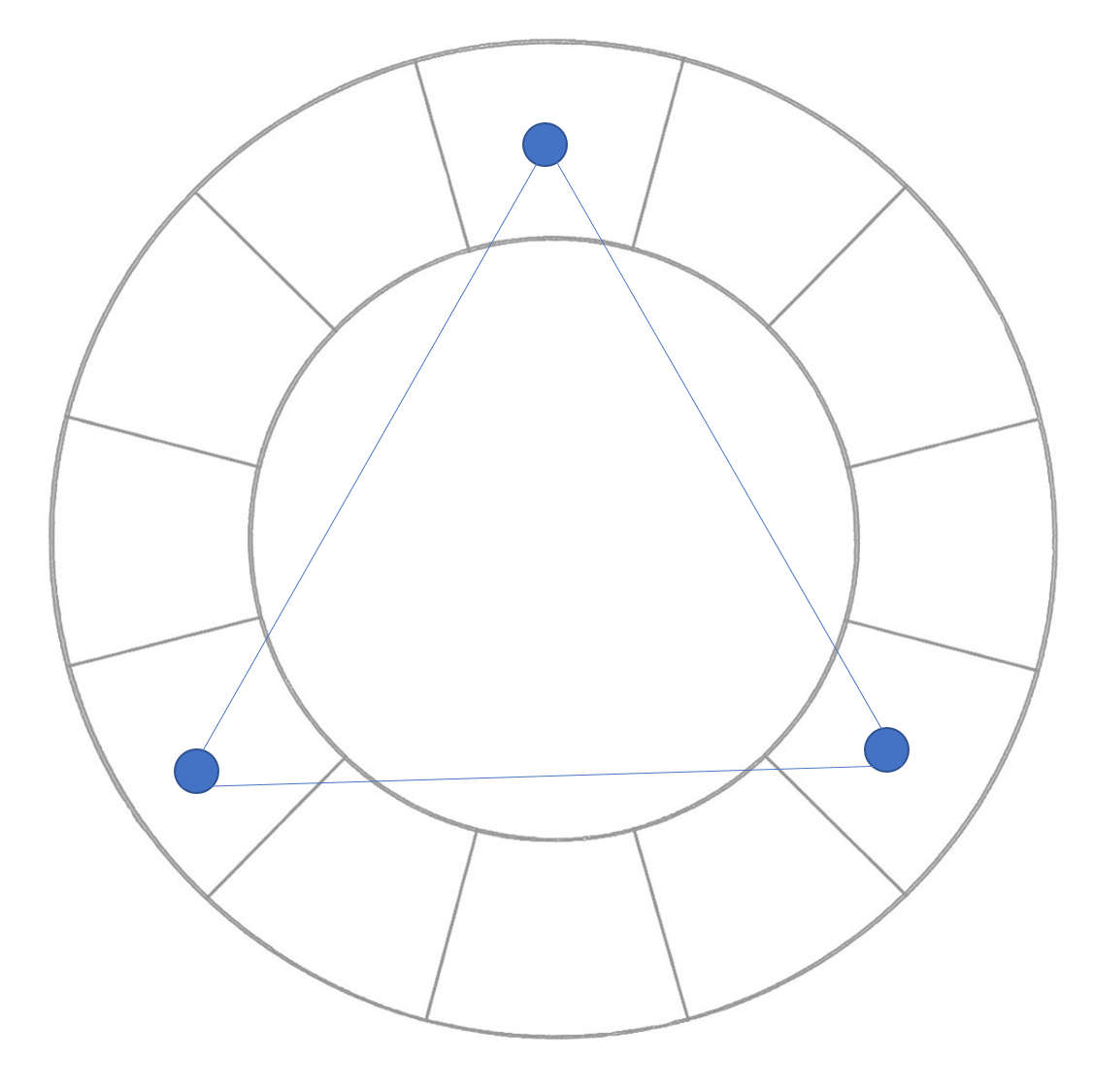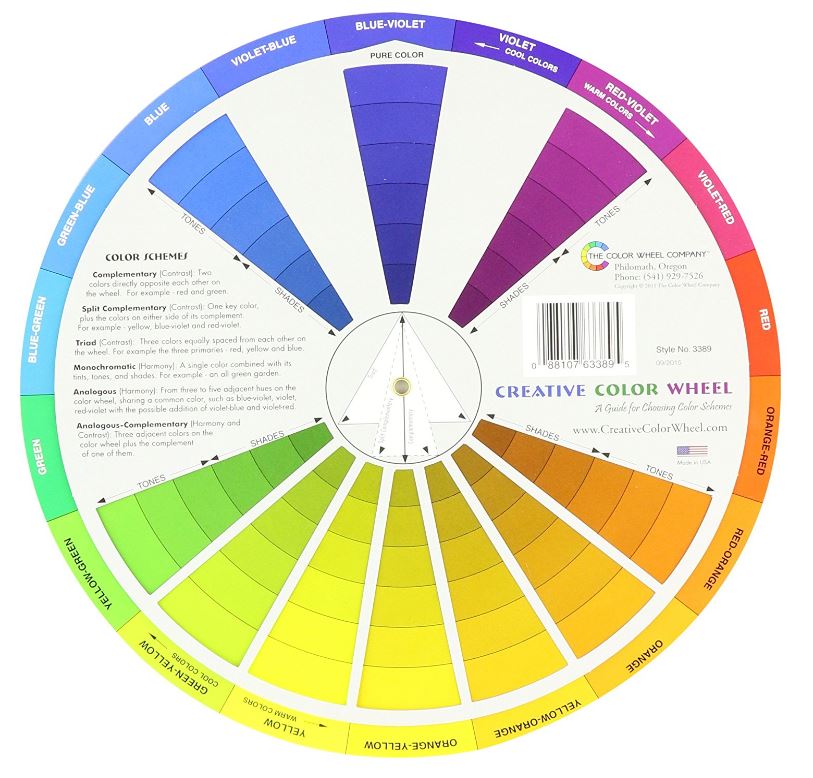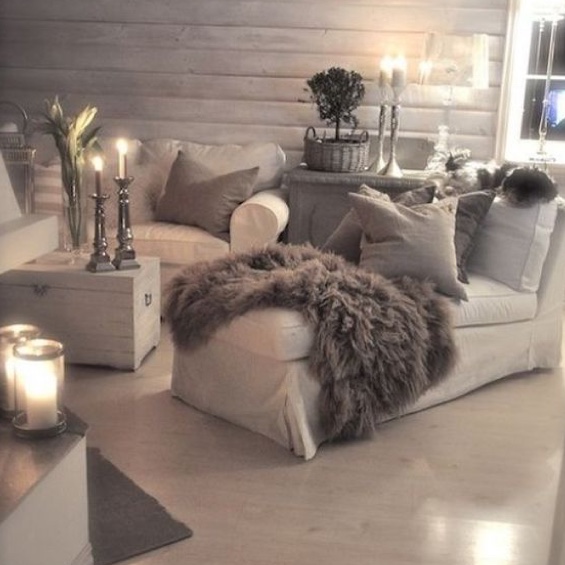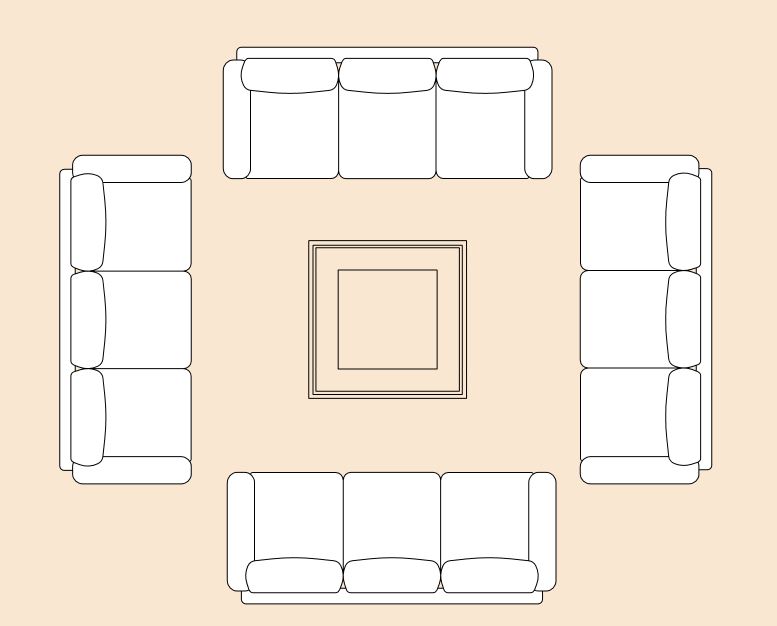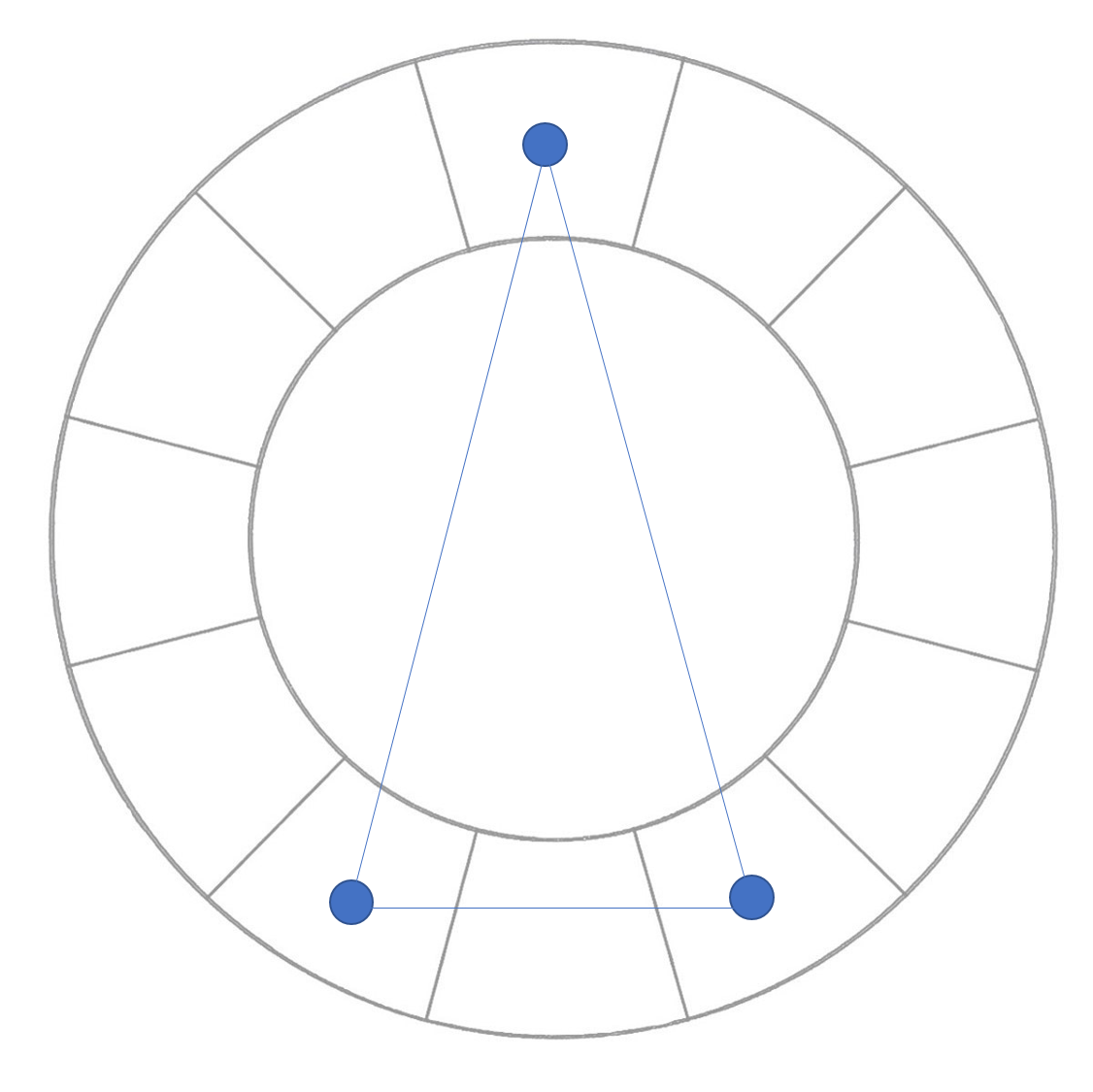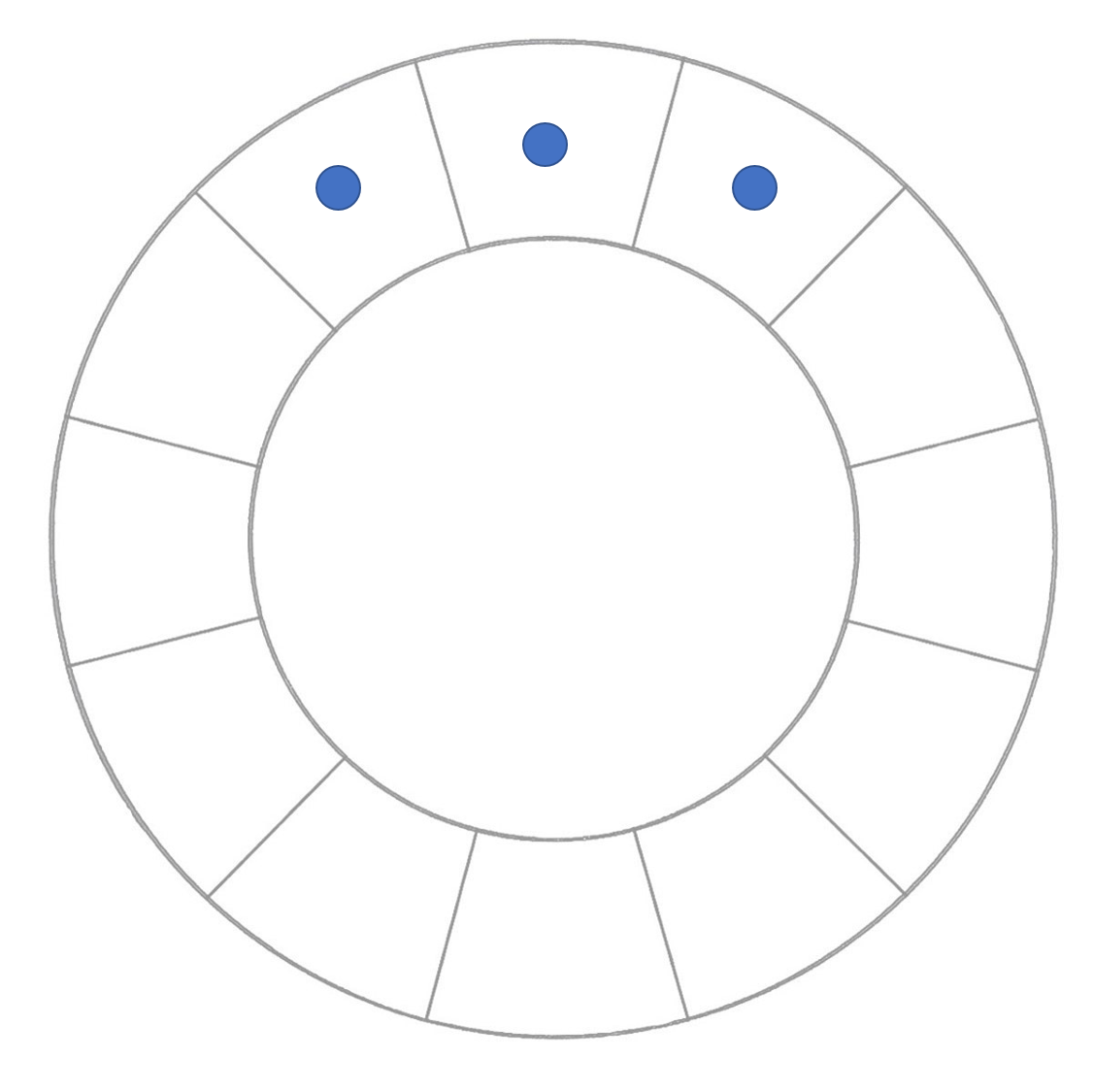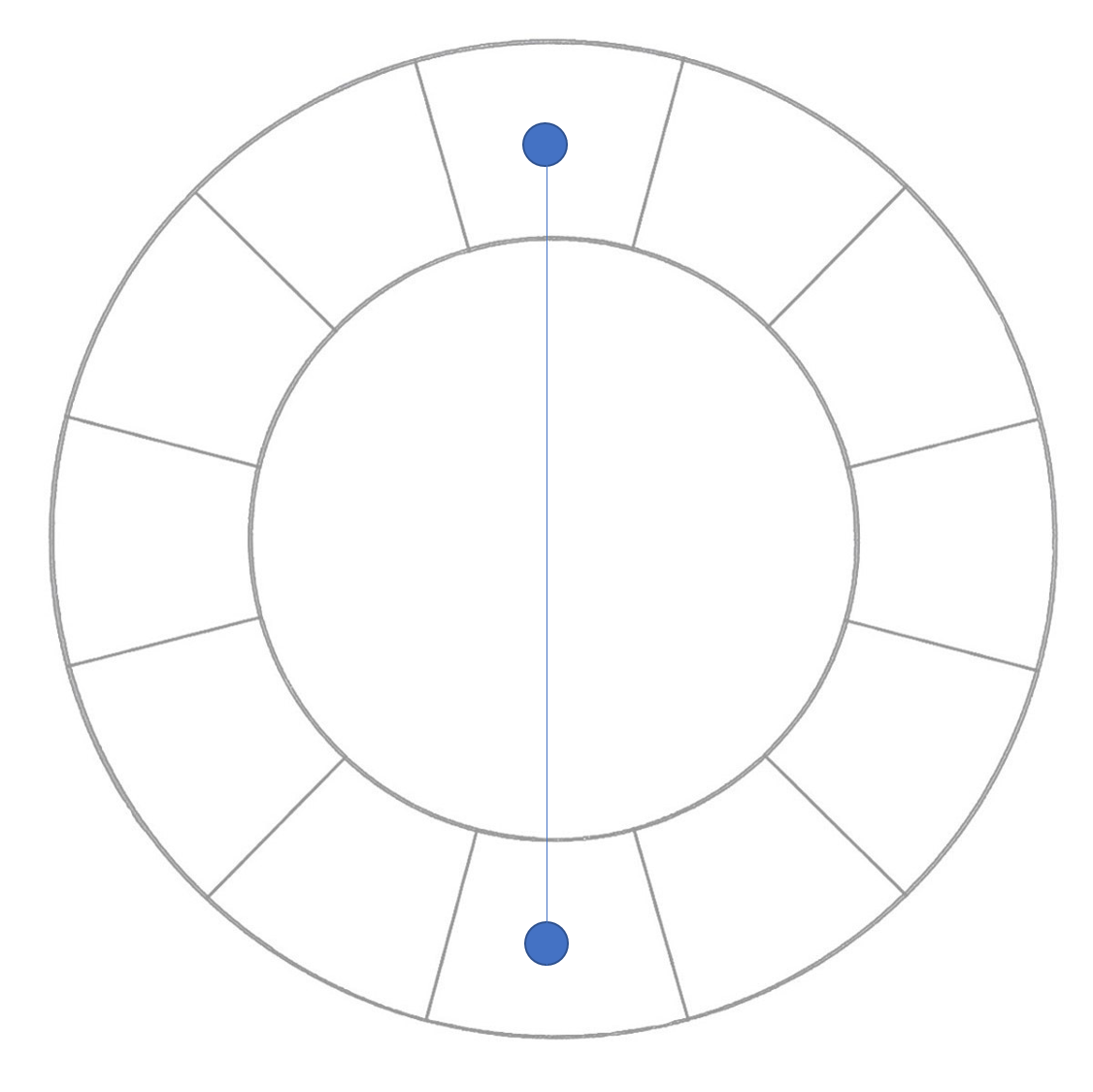One of the most important aspects of home décor is lighting. Where you place lamps and light fixtures can make a difference in the overall feel of the room. Here are the basics for understanding different types of lighting and how to use them for maximum impact. TypesThere are three types of lighting used in… Continue reading Lighting Basics
Category: Design Basics
Color Schemes
If your interested in color schemes or need a quick review, here is a list that describes the basic schemes used in art and design. Monochromatic This is the use of one color. In decorating this doesn’t mean that the room and accessories are all one color. Using shades, tints and tones of the single… Continue reading Color Schemes
Color Wheels
There are many ways to choose color for your rooms. If you want to experiment, using a color wheel is a fun option. Gather as many paint chips as you can from your local paint store then using the color wheel to find complimentary and harmonious colors you can create a custom color palette for… Continue reading Color Wheels
Harmony
The principle of harmony creates of sense of peace and an aesthetically pleasing feeling. Harmony in home decorating is the unifying factor of all the design principles, styles and color theory. When design principles are employed correctly harmony and unity are created. This room has a sense of harmony. There is a gentle contrast between… Continue reading Harmony
Emphasis
Emphasis relates to where the eye first rests in the design of your room. It is the first thing one sees before moving through the other elements of the room. The focal point dictates the rest of the layout of the space. Two types of focal points are common in home design, architectural emphasis and… Continue reading Emphasis
Rhythm
Rhythm in a room adds to the visual interest. Using different textures, patterns, shapes and color dictates where and why the eye moves throughout the room. There are four kinds of rhythm used in home decorating: alteration, repetition, contrast and progression. Alteration Alteration is alternating of two types of items. For example, using two pillows… Continue reading Rhythm
Balance
Balance in a room relates to the placement of items in the space and their relation to each other. Balance creates a harmonious and relaxing feel. When a room does not have balance it can appear disjointed or be uncomfortable. There are three common room layouts to follow for achieving a good sense of balance: … Continue reading Balance
Triad Color Scheme
The triad color scheme is similar to the split-complementary in that it uses three colors. However, the three colors are spaced equally apart on the color wheel forming a triangle. If blue is your base color then the two additional colors are the two equal distance from blue on the color wheel. The pillows on… Continue reading Triad Color Scheme
Split Complimentary Color Scheme
The split complimentary color scheme is similar to the complimentary color scheme but uses the two colors on each side of the opposite color from the base color. It results in a softer contrast than the complimentary scheme but the use of three colors adds to the quality of interest in the room. If your… Continue reading Split Complimentary Color Scheme
Analogous Color Scheme
The analogous color scheme is represented by three adjacent colors on the color wheel. It creates a vibrant, yet extremely harmonious effect in a room. This color scheme works well if you want to create a lot of color interest in the room but not create intense contrast. It is harmonious but yet very interesting… Continue reading Analogous Color Scheme
Complimentary Color Scheme
The complimentary color scheme uses two colors directly opposite each other on the color wheel. The two colors are harmonious but create a lot of contrast when used in interiors. If you choose for example blue as your base color then orange is the compliment. To reduce the intense contrast, use shades and tints of… Continue reading Complimentary Color Scheme
Monochromatic Color Scheme
The monochromatic color scheme is the use of one color. Using shades, tints and tones a harmonious room can be created that still has interest and style. If your chosen base color is blue, then available to your design are the tints and shades of blue to create an interesting room. Here is a sofa… Continue reading Monochromatic Color Scheme
